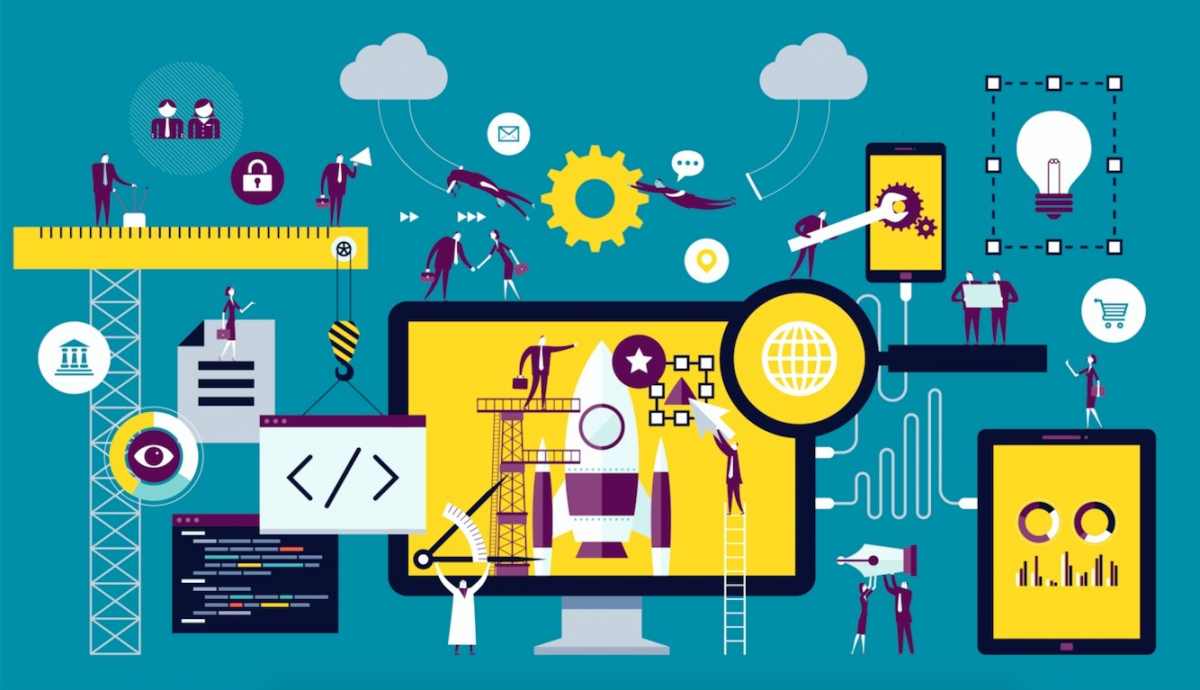Gebruikersmarktonderzoek en bruikbaarheidstesten

Wat is bruikbaarheidstesten?
Bruikbaarheidstesten is een kwalitatieve onderzoekstechniek waarbij mensen die een product gebruiken, direct worden geobserveerd en geïnterviewd om te beoordelen of het product voor het beoogde doel kan worden gebruikt.
Over het algemeen wordt aan proefpersonen gevraagd om een product te gebruiken of er een probleem mee op te lossen, en vervolgens hardop te zeggen wat ze denken en doen, en waarom, stap voor stap. Dit proces kan eventuele moeilijkheden bij het begrijpen of gebruiken van het product aan het licht brengen.
Wanneer u bruikbaarheidstesten moet gebruiken
Als u een bedrijfsplan heeft of aan het herzien bent, websiteEr zou interesse moeten zijn in het bepalen van de algehele gebruikerservaring, waaronder gebruiksgemak, aantal klikken en de hoeveelheid tijd die wordt besteed aan het zoeken naar informatie. Het is belangrijk om te weten of de bezoekers van uw website het volgende kunnen doen:
- Navigeer van scherm naar scherm en op elk scherm
- Ontdek verwachte inhoud
- Zoek productspecificaties
- Begrijp/gebruik afbeeldingen of video's
- Een probleem oplossen
- Vraag een prijs op
- Vind het bedrijfsprofiel
- Neem contact op met het bedrijf om…
- Vraag een offerte aan
- Een aankoop doen
- Neem contact op met de klantenservice
Ontdek inzichten in de gebruikerservaring
Als u een product die wel of niet met gedrukte instructies komt, is het mogelijk om niet alleen te bepalen of de consument weet hoe het te gebruiken, maar ook hoe gemakkelijk het te gebruiken is en in hoeverre het aan de verwachtingen voldoet. Voorbeelden zijn:
- Voedsel dat bereiding vereist
- Gezondheids- en schoonheidshulpmiddelen
- Automobiel dashboards
- Entertainmentsystemen
- Elektrische en elektronische apparaten of gereedschappen
- Een product dat geassembleerd moet worden
Hoe worden bruikbaarheidstesten uitgevoerd?
Testpersonen worden over het algemeen gerekruteerd op basis van een reeks screeningvragen en vervolgens uitgenodigd voor een onderzoeksfaciliteit die is ingericht met het te testen product. Als alternatief kan een videoconferentiemogelijkheid (bijv. Skype, FaceTime, Zoom) worden ingesteld om een interviewer in staat te stellen een respondent te zien en door hem gezien te worden.
- In de meeste gevallen is er sprake van een financiële compensatie, ook wel bekend als een beloning, wordt aangeboden voor medewerking aan het onderzoek, maar in sommige gevallen krijgen deelnemers alleen het daadwerkelijke product om te houden.
- Een typische sessie duurt een uur tot 90 minuten.
Samen met de klant stelt de onderzoeker/interviewer een aantal taken en vragen op die hij/zij moet uitvoeren.
- Gedurende het project is het een goed idee om de taken waar mogelijk te rouleren om te voorkomen dat er vooringenomenheid ontstaat tussen de ene en de andere taak.
- De interviewer mag geen enkele assistentie verlenen (behalve het verduidelijken van wat er gedaan moet worden) en moet de taak op exact dezelfde manier aan iedere deelnemer presenteren.
- Als de taak niet kan worden voltooid, worden de redenen hiervoor geïdentificeerd en wordt de klant geholpen bij het doorvoeren van de nodige aanpassingen aan het product of de website.
- Door elke gebruiker nauwlettend te observeren, kan de onderzoeker ook aantekeningen maken van lichaamstaal of verbale uitingen (die frustratie, verwarring, ontevredenheid of tekenen van plezier of tevredenheid aangeven). Deze kunnen allemaal worden opgenomen in een eindrapport en aanbevelingen.
Zelfs bij een relatief klein aantal onderwerpen komen veel resultaten en opmerkingen snel samen en wordt duidelijk of er gebieden zijn die verbetering behoeven.
Het is een goed idee om regelmatig bruikbaarheidstesten uit te voeren. Zo weet u zeker dat nieuwe gebruikers uw product of website gemakkelijk kunnen gebruiken en kunt u bepalen of eventuele wijzigingen effect hebben gehad.
Over website bruikbaarheidstesten
Het testen van een website kan cruciaal zijn. De meeste mensen in zowel B2C als B2B onderzoeken de website van een bedrijf voordat ze zaken doen met uw bedrijf. Website Usability kan daarom een directe en onmiddellijke impact hebben op uw winstgevendheid.
Website Usability is een robuuste onderzoeksmethodologie om de voorkeuren, afkeuren en aankoopprocessen van klanten te begrijpen. Het onderzoekt wat klanten als eerste zien, wat hen stoort en wat hen motiveert om te kopen. Gegevens kunnen ook worden verstrekt in termen van conversiestatistieken, bereidheid om te kopen en heatmapgegevens. Kwalitatief en kwantitatief onderzoek kan worden verzameld om strategieën en aanpassingen aan de website van uw bedrijf te bieden.
Website Usability Research kan het volgende bieden:
- Betere berichtgeving en ontwerp
- Hogere conversie-statistieken
- Hogere winstgevendheid, omzet en verkoop
- Betere merkprestaties
- Betere zoekmachineoptimalisatie (SEO)
- Verbeterde Omnichannel-strategie
- Concurrentievoordeel
Methoden voor gebruikersmarktonderzoek
Veel UX-marktonderzoeksmethoden kunnen helpen verschillende doelen te bereiken. Wij voeren het volgende uit:
- Online inzichtgemeenschappen
- Video- en mobiele etnografie
- Online Zoom-interviews
- Co-creatiesessies
- Focusgroepen
- Diepgaande interviews
- Agile onderzoek en testen
- Website bruikbaarheidstesten
Voordelen van gebruikersmarktonderzoek
Met marktonderzoek door gebruikers krijgt u inzicht, gegevens en strategieën die het volgende kunnen opleveren:
- Hogere klantbetrokkenheid
- Hogere winstgevendheid
- Betere bedrijfsprestaties
- Effectievere berichtgeving
- Hogere efficiëntie in marketing en operaties
- Lagere marketingbudgetten


